The Point Malcolm Lighthouse
A reminder of South Australia’s maritime past
Point Malcolm Lighthouse stands as Australia’s only inland lighthouse, marking a significant piece of maritime history. Located between Lake Alexandrina and Lake Albert, this remarkable structure has watched over these waters since 1878.
The Construction and Operation
The concrete tower of Point Malcolm Lighthouse rises seven metres above the landscape, making it Australia’s smallest lighthouse. Richard Tenouth, a prominent Strathalbyn builder, constructed both the lighthouse and the keeper’s cottage with remarkable attention to detail.
The original lighting system comprised a white revolving light with a ten-second rotation period. The system consumed seven gallons of mineral oil monthly and maintained visibility for ten nautical miles across Lake Alexandrina. In 1887, modifications transformed it into a fixed white light system.
Life at Point Malcolm
The lighthouse keeper maintained a self-sufficient lifestyle at this isolated location. A small cave served as storage for perishable goods until boats arrived to transport excess produce to neighbouring settlements. The keeper’s role proved essential in maintaining safe passage through the narrow waters between the lakes.
Maritime Significance
Point Malcolm Lighthouse played a crucial role in supporting maritime traffic between Lake Alexandrina and Lake Albert. Paddle steamers, including the Judith, Milang, and Murray, regularly transported passengers and cargo through these waters. These vessels maintained vital connections between isolated farms and settlements, delivering supplies and facilitating transportation across the region.
The lighthouse guided various vessels through the waterways, from fishing boats to cargo steamers. During its operational years, maritime trade flourished, with boats carrying mail and goods up to three times weekly between Milang, Narrung, and Meningie.
Historical Transformation
In September 1931, Point Malcolm Lighthouse ceased operations due to declining vessel traffic on the lakes. Authorities installed an automatic ‘light on a pole’ to guide commercial and recreational vessels navigating the river and lakes system.
Today, Point Malcolm Lighthouse stands as a protected heritage site, representing an important chapter in South Australian maritime history. The structure remains a significant landmark, overlooking the waters it once guided vessels through safely.

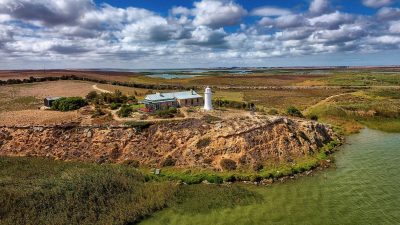
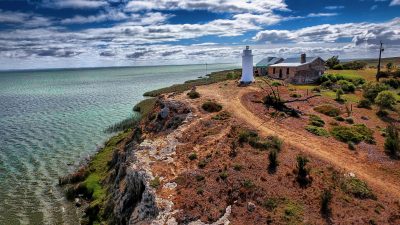
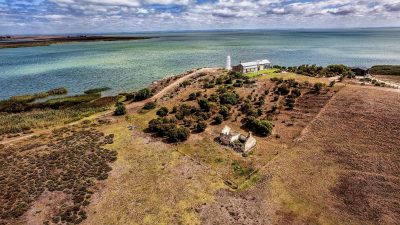
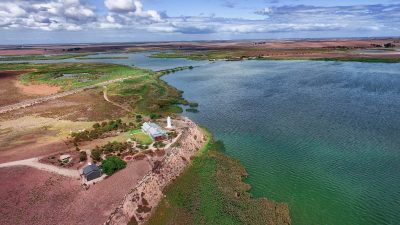


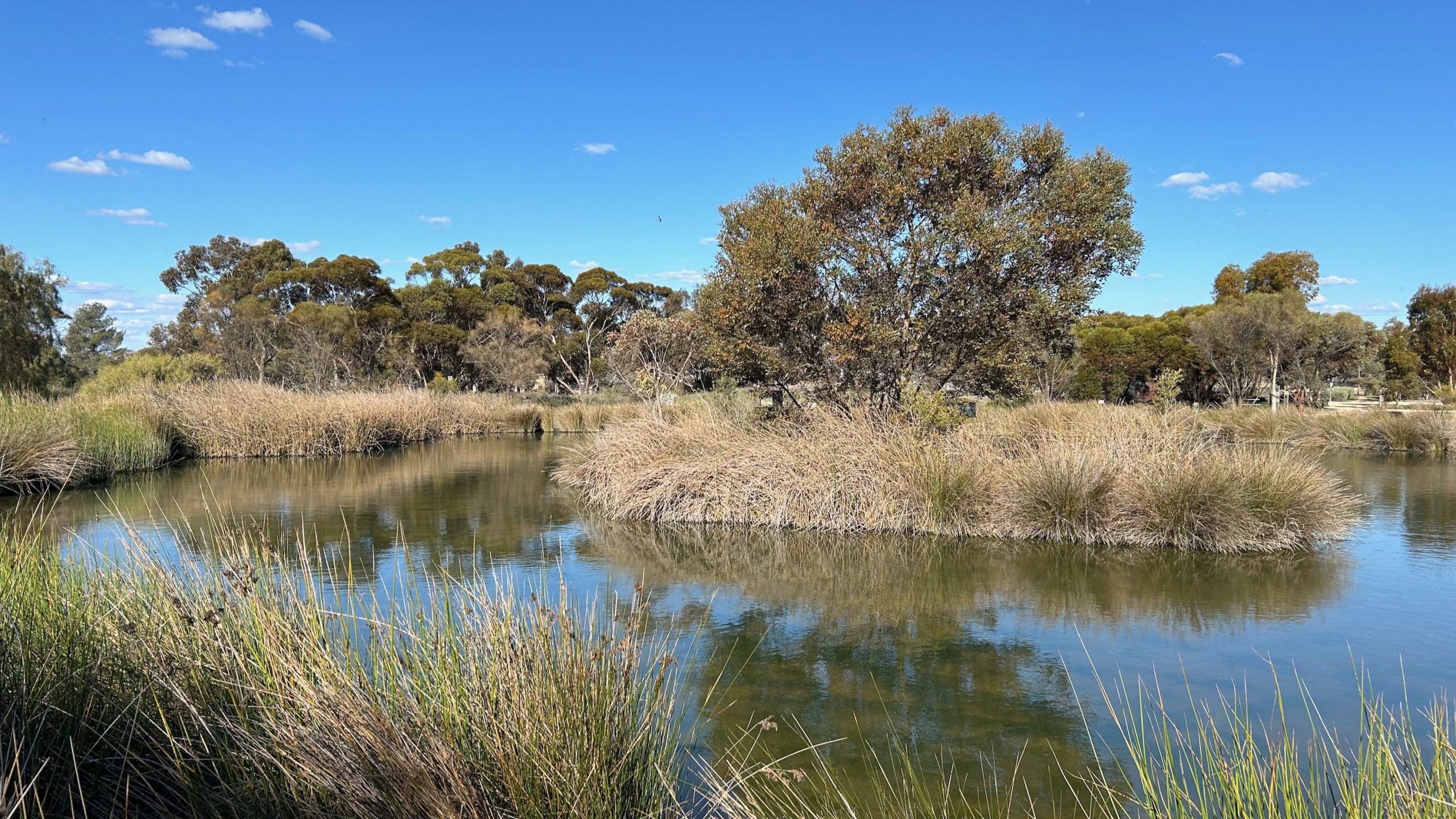







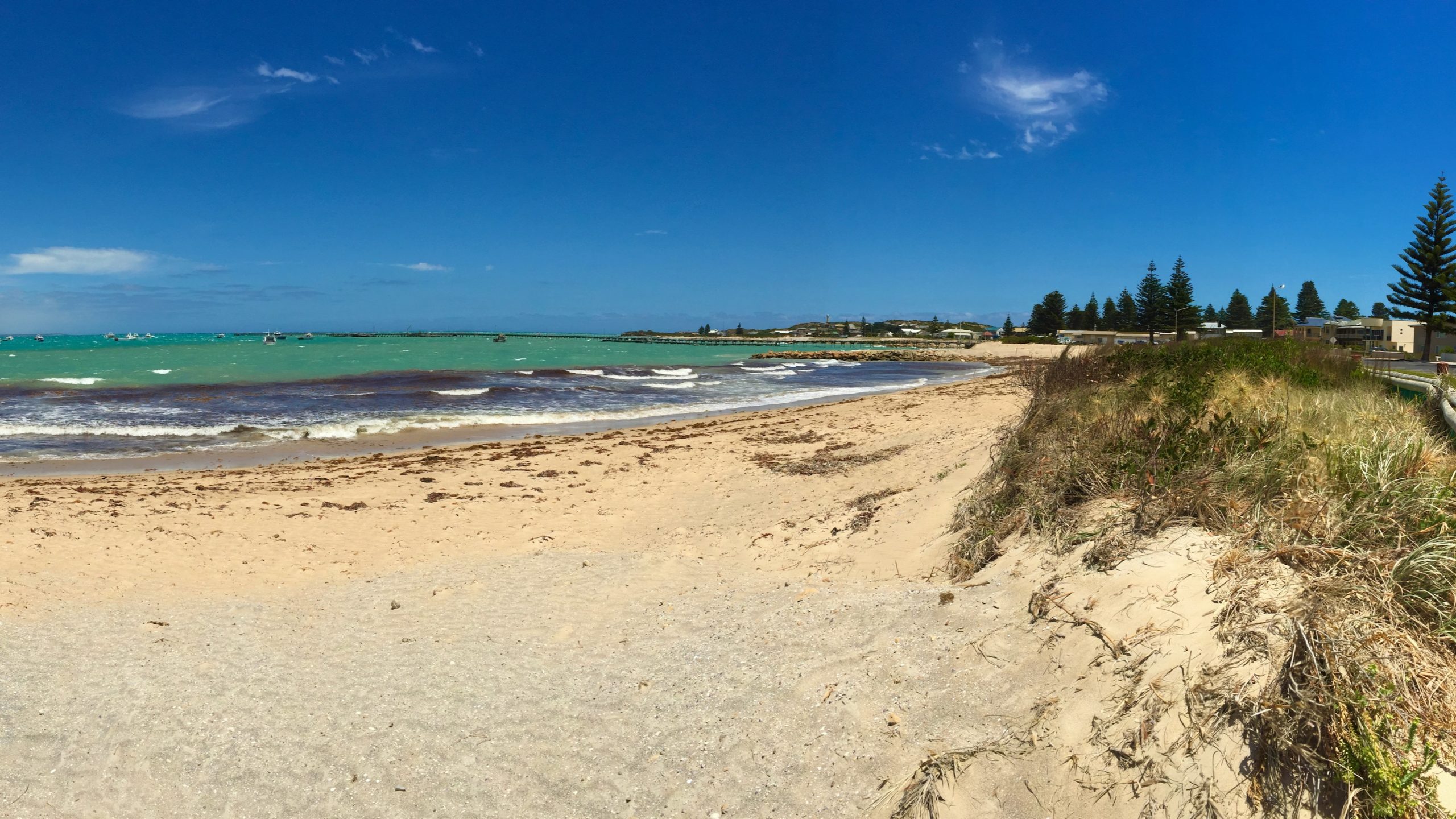
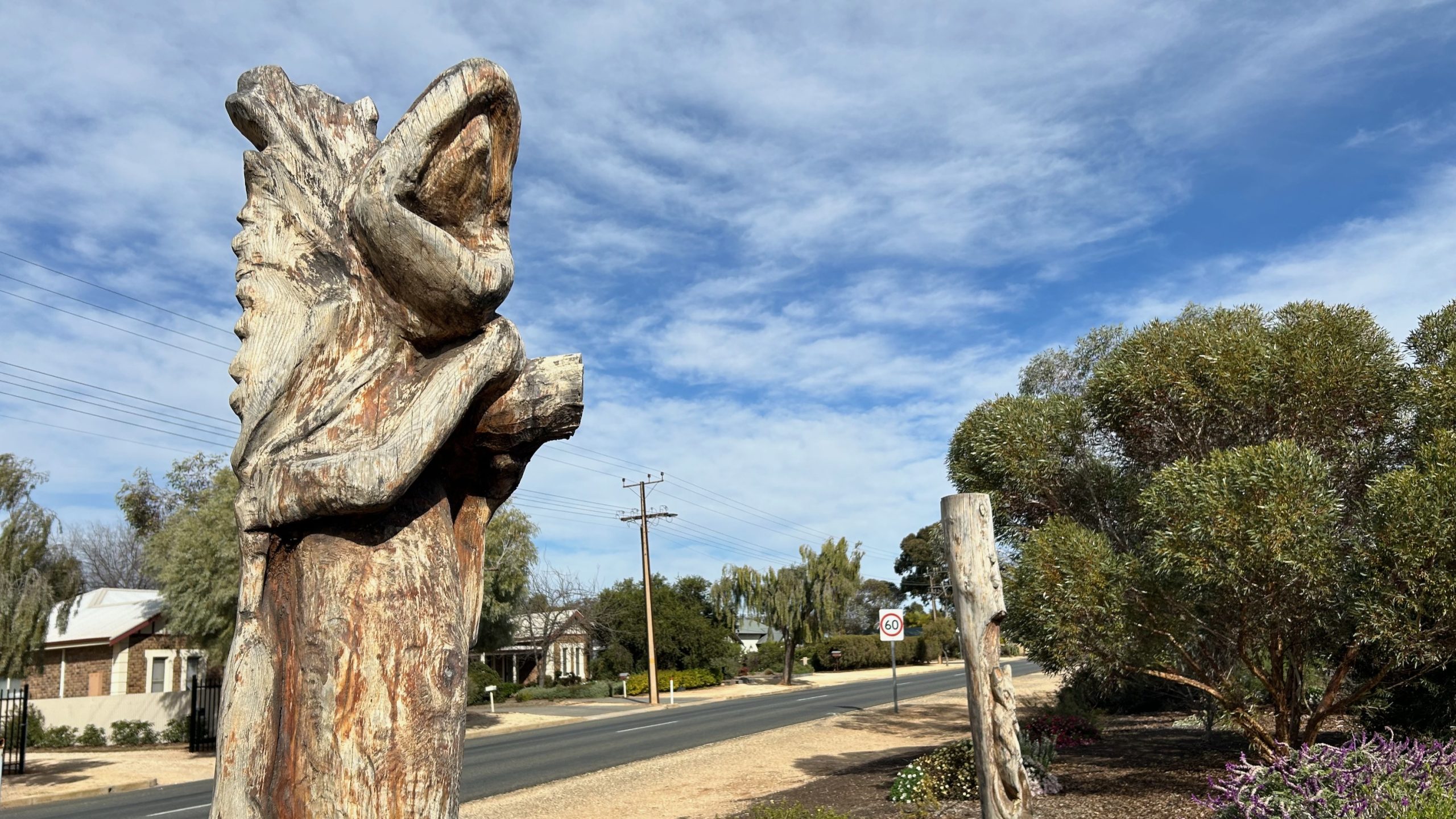
Leave A Comment